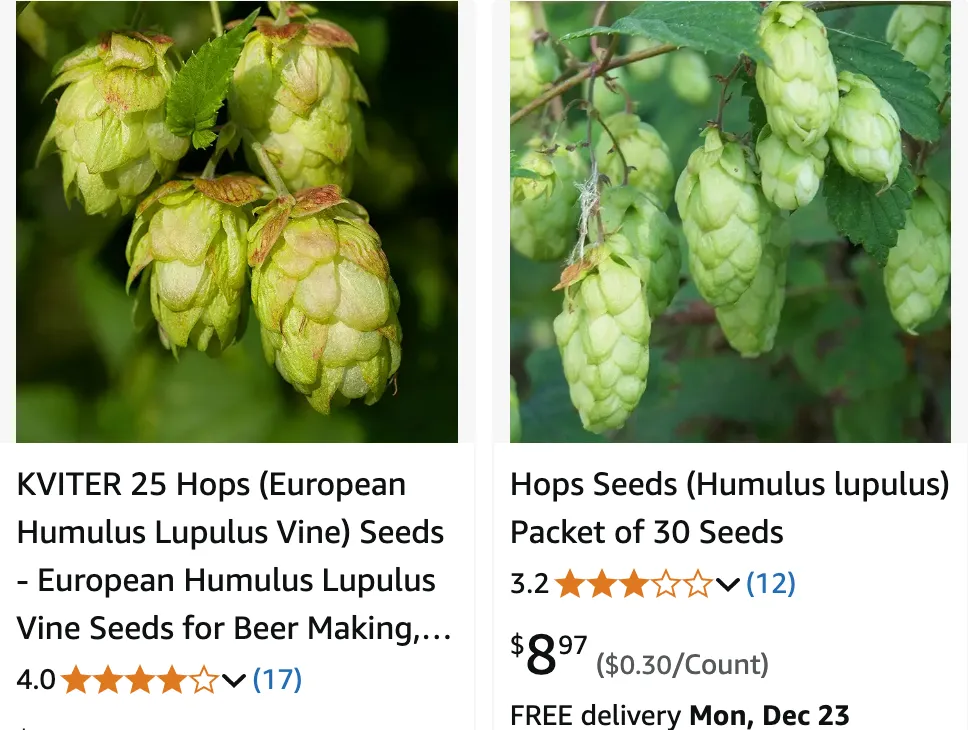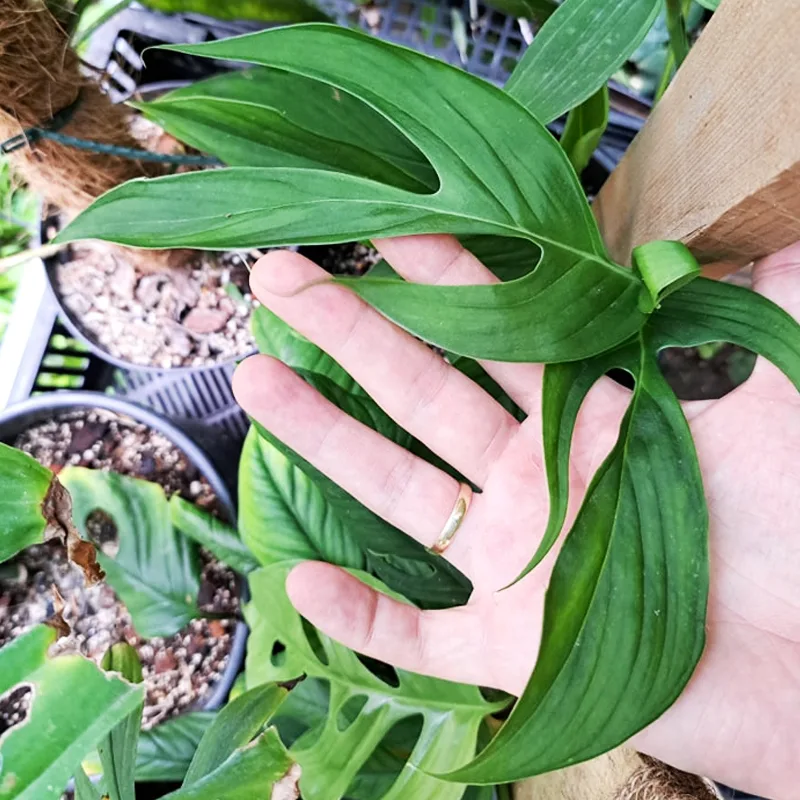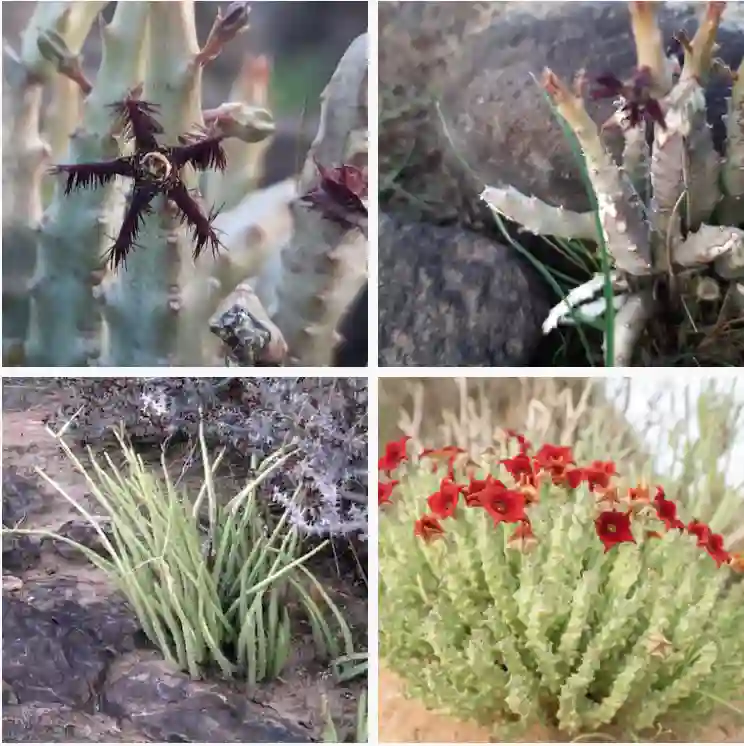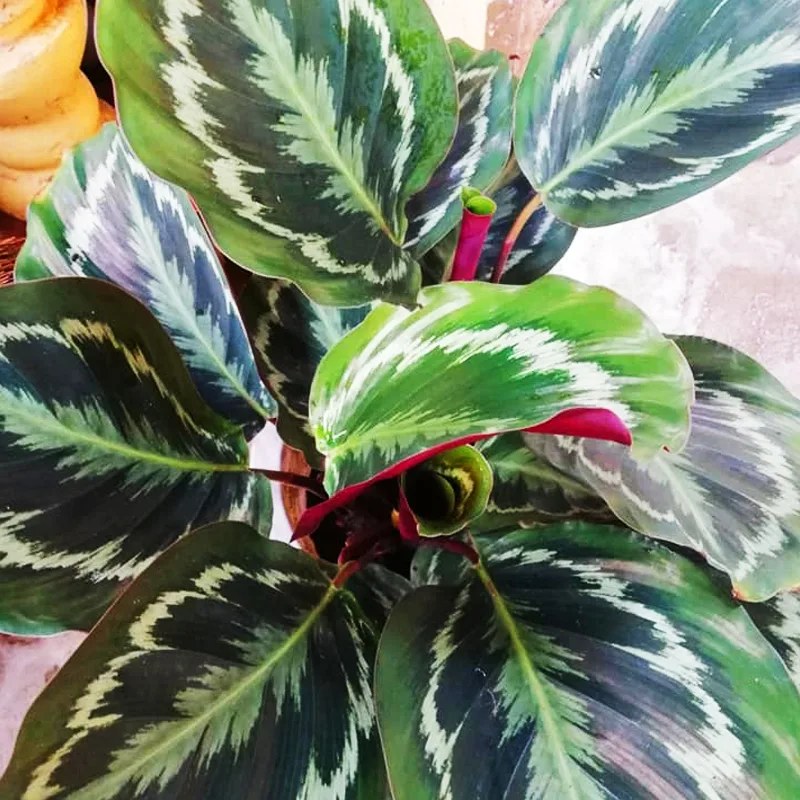
December 6 – Humulus
"Humulus, the hop plant, represents December 6."
Humulus symbolizes vitality and growth. You have an innate ability to adapt and flourish in various environments. Like the hop vine, you spread your influence and creativity, often bringing energy and enthusiasm to those around you. Your vibrant personality is a source of inspiration, and you thrive in dynamic, ever-changing situations.
Humulus: A Deep Dive with Ferb Vu
The world of plants is vast and fascinating, filled with intriguing specimens that have captured human curiosity for centuries. One genus that has particularly piqued my interest is Humulus, more commonly known as hops. As a passionate botanist, I’m eager to delve into the characteristics, species, and significance of this remarkable genus.
Understanding the Humulus Genus
Humulus belongs to the family Cannabaceae, which also includes its more famous cousin, Cannabis (cannabis). These plants are typically dioecious, meaning they have separate male and female plants. The female plants produce the cone-shaped flowers, or strobiles, that are most recognized and utilized, particularly in brewing beer.
Hops are native to temperate regions across the Northern Hemisphere. They thrive in moist, well-drained soils and prefer full sun to partial shade. These climbing plants are known for their vigorous growth, often reaching impressive heights as they wind their way up supporting structures.
A Closer Look at the Species
While the genus Humulus is relatively small, it boasts a few distinct species:
- Humulus americanus: This lesser-known species, also called American hop, is native to North America and often grows in woodlands and along streams. It is a perennial vine similar to the common hop (Humulus lupulus) but is more adapted to temperate regions of the eastern United States. Although it shares the genus with commercial hops, Humulus americanus is not widely used in brewing but plays a role in local ecosystems by providing food and habitat for various insects and birds.
- Humulus cordifolius: Originating in East Asia, particularly in Japan, Korea, and China, Humulus cordifolius is known for its heart-shaped leaves, which is where it gets its name (cordifolius meaning “heart-leaved”). This species is a climbing vine like others in the genus, but it has yet to find significant use in the brewing industry. Its growth habits make it well-suited for ornamental purposes and soil stabilization on slopes.
- Humulus lupulus: Commonly referred to as the common hop, Humulus lupulus is the most famous species within this genus, largely due to its critical role in beer brewing, where its cones add bittering, aroma, and flavor to beers. Native to Europe, Asia, and North America, this species has been selectively bred to produce various cultivars used worldwide. Beyond brewing, Humulus lupulus is valued for its medicinal properties, including potential sedative effects.
- Humulus neomexicanus: Native to the southwestern United States, Humulus neomexicanus is adapted to dry, mountainous regions and is distinct for its resilience to harsh climates and its unique aroma profile, which is gaining interest in craft brewing circles. This species has unique traits that make it particularly desirable for drought-resistant agricultural practices and potentially new flavor profiles in brewing, thanks to its adaptation to the high altitudes of New Mexico and Colorado.
- Humulus pubescens: Known as the hairy hop due to the fine hairs covering its stems and leaves, Humulus pubescens is a North American species adapted to the Midwest, particularly in areas with rich, moist soils. This species tends to be more robust in appearance and is often recognized for its vigorous climbing nature. It has not been widely cultivated for brewing but provides valuable ecological benefits by supporting native insect populations.
- Humulus scandens: Often called Japanese hop, Humulus scandens is a fast-growing vine native to East Asia, including Japan, China, and Korea. Unlike Humulus lupulus, it is an annual plant and has become invasive in some regions outside its native range. It is mainly valued for ornamental purposes rather than brewing and is known for its striking foliage and vigorous climbing ability, which can be both decorative and useful for quick ground coverage.
- Humulus yunnanensis: This species is native to the Yunnan province in China and is one of the lesser-known members of the Humulus genus. Humulus yunnanensis has a unique appearance, with broader leaves and a denser growth pattern than its relatives. Its use in horticulture is limited, and it has not been extensively studied for brewing purposes, but it holds potential for ornamental gardening due to its attractive foliage and rarity in cultivation outside of China.
The Significance of Hops
The importance of hops extends far beyond their role in brewing. These versatile plants have been recognized for their medicinal properties and have been used in traditional medicine for centuries. Hops are believed to possess sedative, anti-inflammatory, and antibacterial properties. They have been used to treat a range of ailments, including anxiety, insomnia, and digestive issues.
Moreover, hops have also found applications in the textile industry. The fibers from hop bines, the long stems of the plant, can be used to create a strong, durable fabric. This sustainable material has the potential to become a more eco-friendly alternative to conventional textiles.
The Future of Humulus
As research into the Humulus genus continues, we are likely to uncover even more fascinating aspects of these plants. Scientists are exploring the potential of hops in various fields, including pharmaceuticals, cosmetics, and biofuel production. The development of new cultivars with improved characteristics, such as disease resistance and higher yields, is also an ongoing endeavor.
The future of Humulus appears bright, with its diverse applications and potential benefits promising to keep this genus in the spotlight for years to come. I, for one, am excited to witness the continued exploration and utilization of these remarkable plants.
If i die, water my plants!



